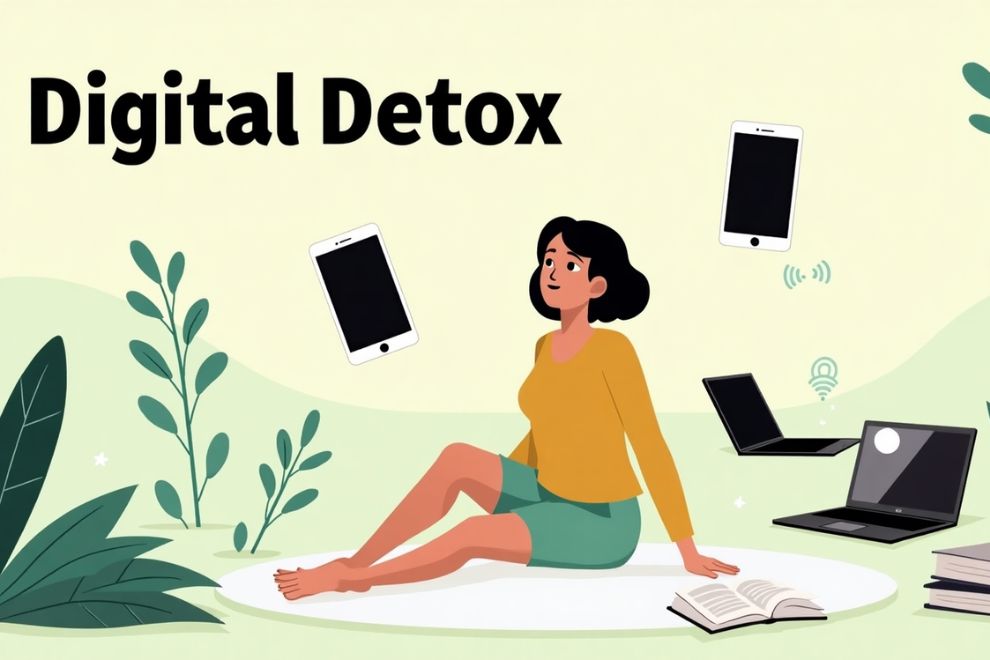Embracing a zero-waste lifestyle is more than just a trend—it’s a transformative way to live that benefits not only our environment but also our health, finances, and overall quality of life. As waste continues to burden our planet, making sustainable choices has never been more critical. This article will guide you through the basics of a zero-waste lifestyle and offer practical tips for beginners to start reducing waste today. What Is a Zero Waste Lifestyle? A zero-waste lifestyle is a philosophy that encourages the redesign of resource life cycles so that all products are reused, and nothing is sent to landfills or incinerators. It involves minimizing waste, rethinking consumption habits, and adopting sustainable practices that reduce environmental impact. The core idea is simple yet powerful: refuse, reduce, reuse, recycle, and rot (compost). This framework helps individuals make thoughtful decisions about the products they buy and how they use them. By reducing waste, you contribute to lowering pollution, conserving natural resources, and mitigating climate change. The journey toward zero waste might seem daunting at first, but with small, consistent steps, anyone can make a difference. Why Embrace a Zero-Waste Lifestyle? Environmental Benefits The environmental benefits of a zero-waste lifestyle are significant. By minimizing the amount of waste you produce, you help reduce the burden on landfills and lower greenhouse gas emissions. Recycling and composting organic matter not only reduce the need for new raw materials but also help maintain soil health and reduce the overall carbon footprint. Economic Benefits Many people are surprised to learn that a zero-waste lifestyle can also save money. By buying in bulk, reusing items, and reducing unnecessary purchases, you can lower your household expenses. Investing in quality, long-lasting products may cost more initially, but the savings accumulate over time as you replace disposable items with reusable ones. Health and Well-Being Reducing waste often goes hand in hand with reducing exposure to harmful chemicals found in many disposable and processed products. A zero-waste lifestyle encourages the use of natural and eco-friendly products, which can lead to a healthier lifestyle for you and your family. Community Impact Adopting a zero-waste lifestyle can inspire your community. Whether it’s through local workshops, community gardens, or simple conversations, every step you take can motivate others to make sustainable choices. When communities come together with a shared vision for reducing waste, the collective impact is powerful. Practical Tips for Beginners Transitioning to a zero-waste lifestyle doesn’t happen overnight. It’s about making incremental changes that add up over time. Here are some practical, game-changing tips to help you get started on your sustainable journey: 1. Refuse Single-Use Items One of the simplest steps toward zero waste is to refuse single-use items. These products, often made of plastic, are designed for one-time use and then discarded. Here are a few strategies: 2. Reduce, Reuse, and Recycle The mantra of “Reduce, Reuse, and Recycle” is at the heart of zero waste. Here’s how to incorporate these principles into your daily life: 3. Embrace Composting Organic waste, such as food scraps and yard trimmings, can be composted rather than thrown away. Composting not only reduces the volume of waste sent to landfills but also creates nutrient-rich soil for gardening. 4. Shop Sustainably Your shopping habits play a crucial role in reducing waste: 5. DIY and Upcycling Get creative by repurposing old items rather than discarding them. DIY projects and upcycling not only reduce waste but also offer a rewarding way to personalize your belongings. 6. Choose Energy-Efficient Solutions While reducing physical waste is essential, consider how energy consumption impacts waste and the environment: 7. Educate Yourself and Others Knowledge is power when it comes to sustainability. Educate yourself on environmental issues and share what you learn with your friends, family, and community. Overcoming Challenges and Staying Motivated Transitioning to a zero-waste lifestyle is a journey filled with challenges and learning opportunities. It’s important to be patient with yourself as you adopt new habits. Here are some strategies to keep you motivated: The Future of Zero-Waste Living As more people embrace sustainable practices, the concept of zero waste is evolving into a global movement. Businesses and governments are increasingly prioritizing sustainability, leading to innovations in packaging, waste management, and renewable energy. By adopting a zero-waste lifestyle, you are not only making a personal commitment to the environment but also contributing to a larger, transformative shift toward a greener future. Innovations in recycling technology, increased accessibility to bulk goods, and a growing culture of environmental awareness are all paving the way for a future where waste is minimized, and resources are cherished. Your small steps toward zero waste can create ripples of change that extend far beyond your own home. Adopting a zero-waste lifestyle is a revolutionary journey toward a more sustainable, fulfilling life. By incorporating simple practices like refusing single-use items, embracing composting, shopping sustainably, and educating yourself, you can significantly reduce your environmental impact. Remember, every small step counts, and your efforts contribute to a larger movement for change. Starting with manageable changes, staying informed, and connecting with others who share your passion can transform your lifestyle—and the world around you. Embrace the challenge with enthusiasm and determination, and witness how your actions, however small, lead to transformative change for both you and the planet. Now is the time to take action. Let your commitment to zero waste inspire others and join the global movement toward a more sustainable and responsible way of living. Every choice you make has the power to shape a brighter, cleaner future for generations to come.









